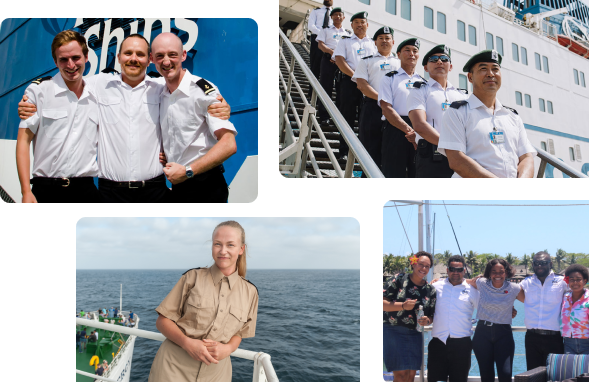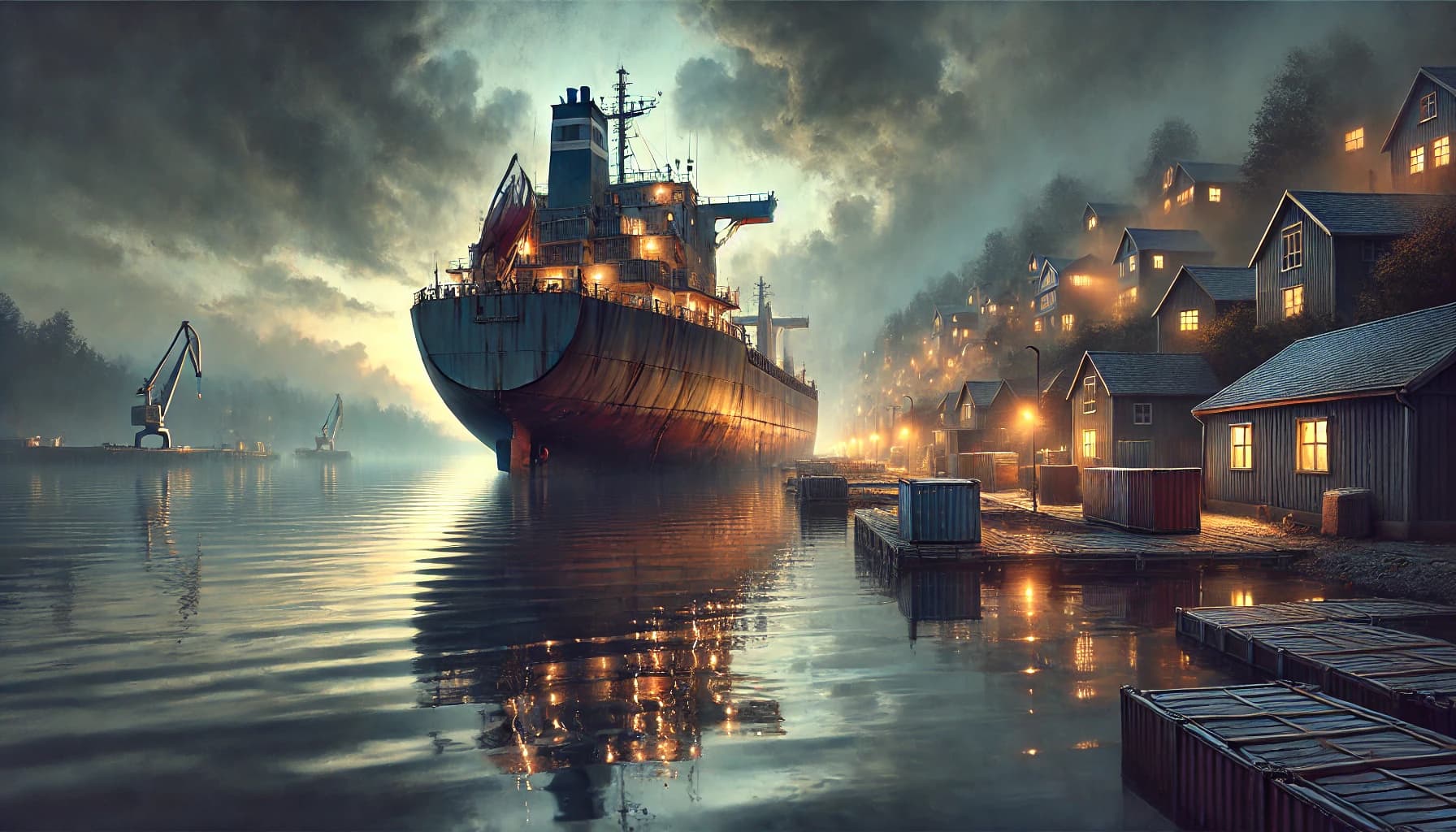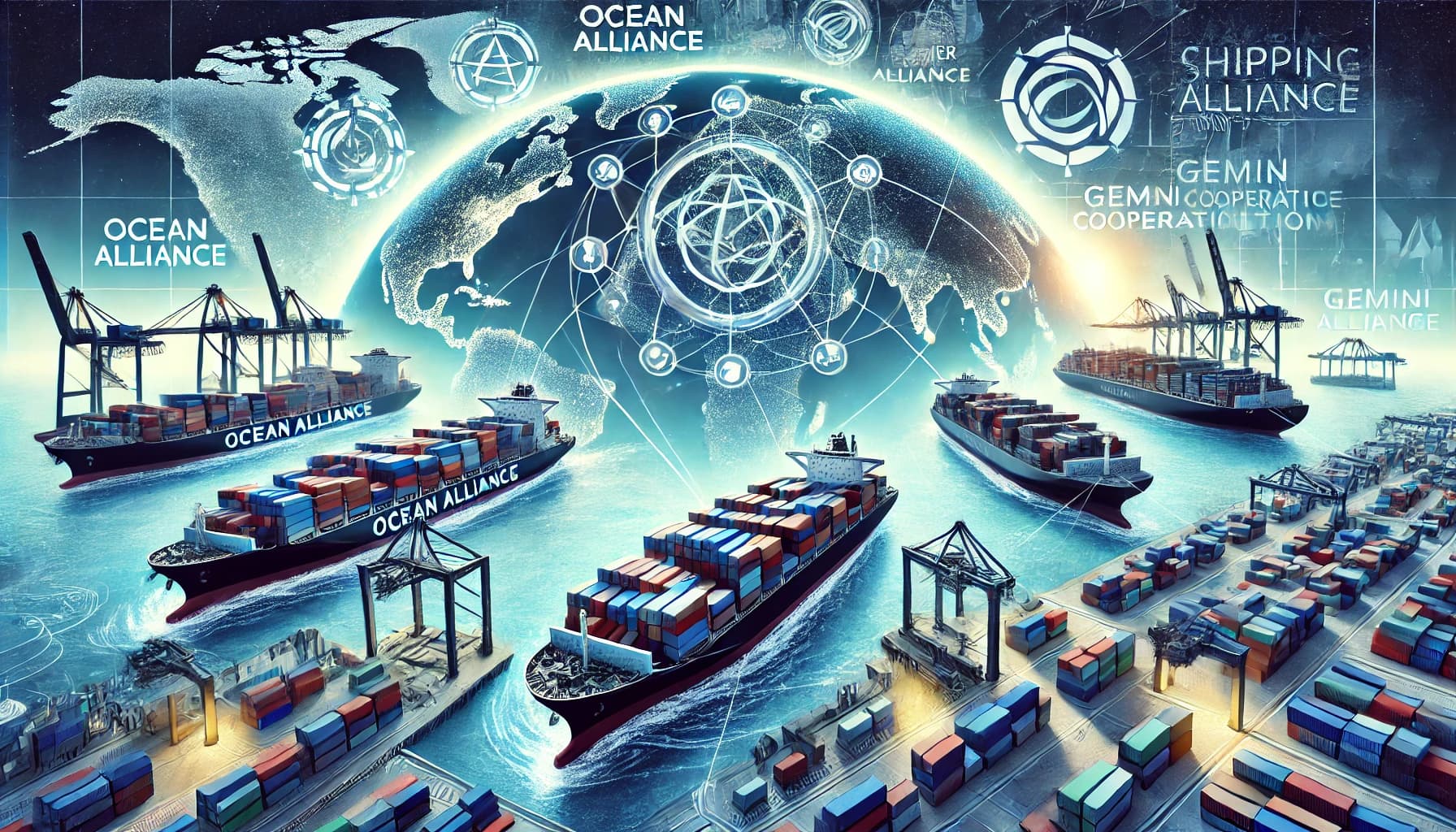When a ship encounters an emergency at sea ensuring the safety of the vessel, crew, and environment becomes a top priority. While seafarers are generally prepared for various challenges, unforeseen situations can force ships into dangerous circumstances.
The concept of places of refuge is crucial in maritime safety and maritime law, offering locations where distressed ships can seek shelter to prevent further harm.
In this blog, we’ll break down the key aspects of places of refuge, their historical context, and the guidelines that govern them.
What is a place of refuge for ships?
A place of refuge is a location where a ship in need of assistance can:
- Stabilize its condition
- Reduce navigational risks
- Protect the environment
- Ensure the safety of its crew
These places can include:
- Ports: Docking areas designed for cargo and ships
- Coastal shelters: Inlets, coves, or lee shores
- Natural bays: Areas shielded from harsh weather
- Fjords: Deep, narrow waterways with steep sides
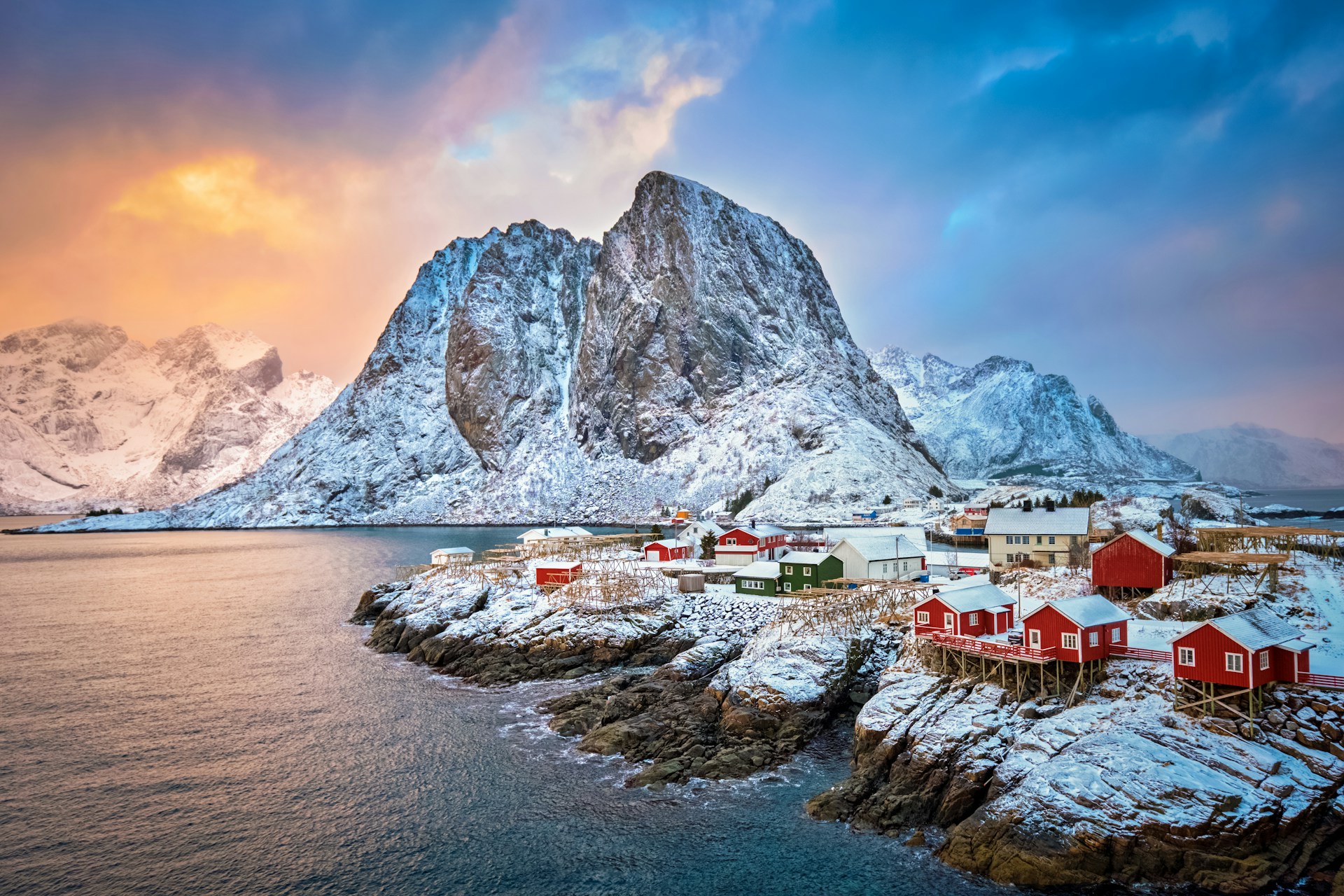
Historically, ships in distress had the freedom to seek shelter in any port. However, modern maritime law now governs how and when such refuge can be granted to balance safety with the interests of coastal states.
Why are places of refuge necessary?
When a ship becomes damaged or encounters a problem, continuing its voyage can increase risks, including:
- Loss of life: The safety of the crew is the primary concern.
- Environmental damage: Oil spills or hazardous cargo can harm marine ecosystems.
- Further ship damage: Without repairs, a ship may deteriorate and pose navigational hazards.
Historical context: key incidents that shaped policy
The need for standardized places of refuge policies became evident after several high-profile maritime incidents. One significant incident occurred in 2000 when the Erika, a ship carrying heavy fuel oil, sank off the French coast. This accident caused extensive pollution along the French coastline and highlighted the environmental risks associated with ships in distress.
In the same year, the Castor, a ship carrying unleaded fuel, experienced structural issues and sought refuge in a Spanish port. However, the ship was denied entry and spent more than 30 days searching for a safe location to dock. The prolonged delay increased the risks posed by the ship’s cargo, further emphasizing the need for clear guidelines on handling such situations.
These incidents demonstrated the risks posed by ships in distress and the potential consequences of refusing them shelter. In response, the International Maritime Organization (IMO) recognized the necessity for a uniform standard to address places of refuge. As a result, two resolutions—Resolution A.949(23) and Resolution A.950(23)—were adopted in November 2003 to provide clearer guidance on the matter.
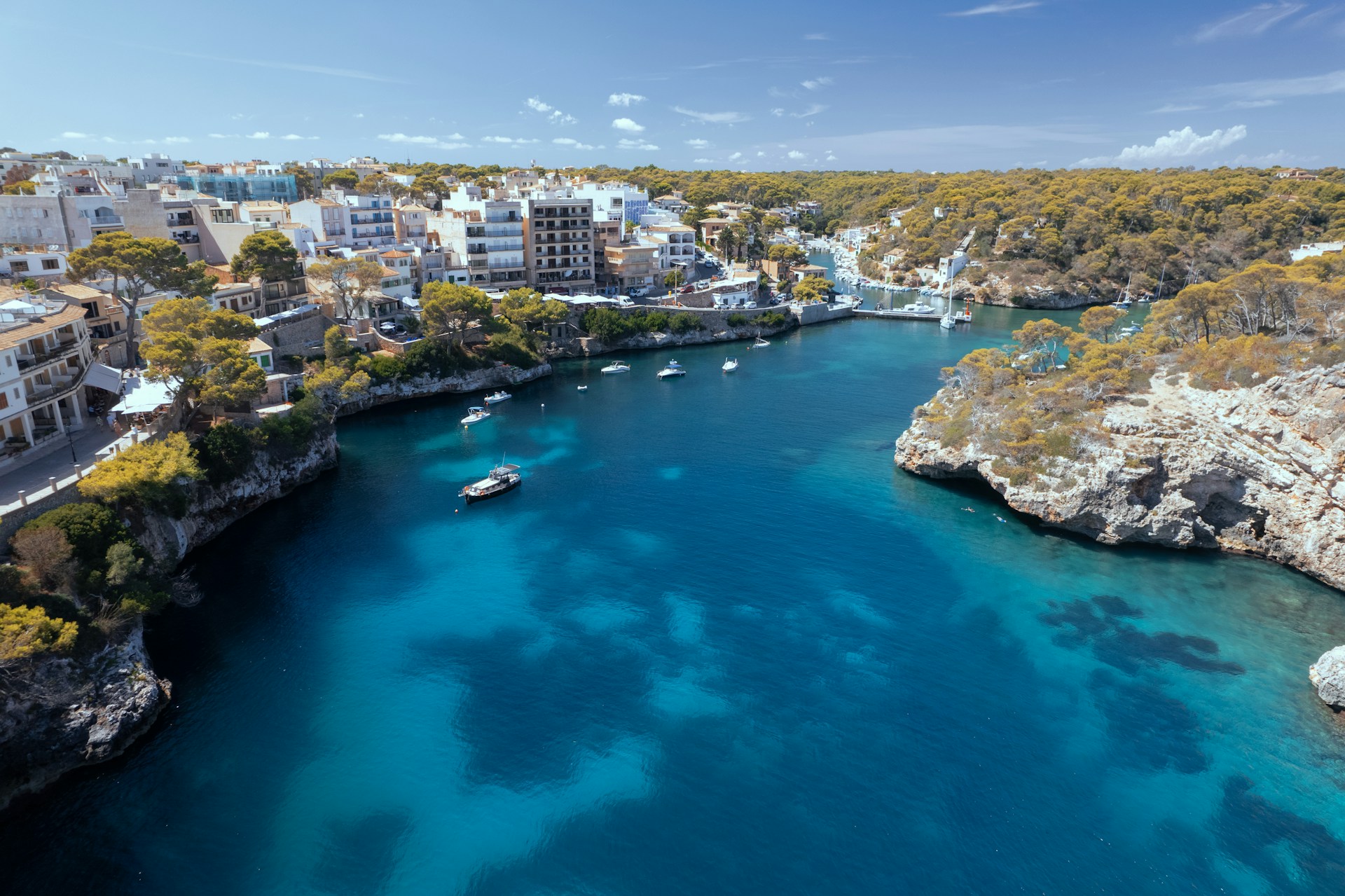
Key maritime laws and guidelines
Two major International Maritime Organization (IMO) resolutions guide places of refuge:
1. Resolution A.949(23) - Guidelines on Places of Refuge for Ships in Need of Assistance
- Applies when a ship needs assistance but human lives are not at risk
- Focuses on preventing environmental damage by stabilizing the ship
- Encourages coastal states to assess each request individually
Responsibilities of coastal states:
- Provide or deny access to a place of refuge based on the situation
- Weigh economic and environmental risks
- Offer assistance to reduce potential damage
2. Resolution A.950(23) - Maritime Assistance Services (MAS)
- Urges coastal states to establish a Maritime Assistance Service (MAS)
- MAS acts as the primary point of contact between ships and coastal authorities
- Helps coordinate information and facilitate rescue or salvage operations
Challenges faced by coastal atates
While places of refuge are essential, they also pose challenges for coastal states:
Economic and environmental risks:
- A distressed ship may cause environmental damage if it leaks oil or hazardous materials.
- Repairing a damaged vessel in a port can incur significant costs for the coastal state.
Public opposition:
- Local residents may oppose allowing a damaged ship to dock due to fears of pollution or economic impact.
Legal considerations:
- Coastal states must carefully consider their obligations under maritime law while protecting their own interests.
- They must balance humanitarian assistance with potential risks to their environment and economy.
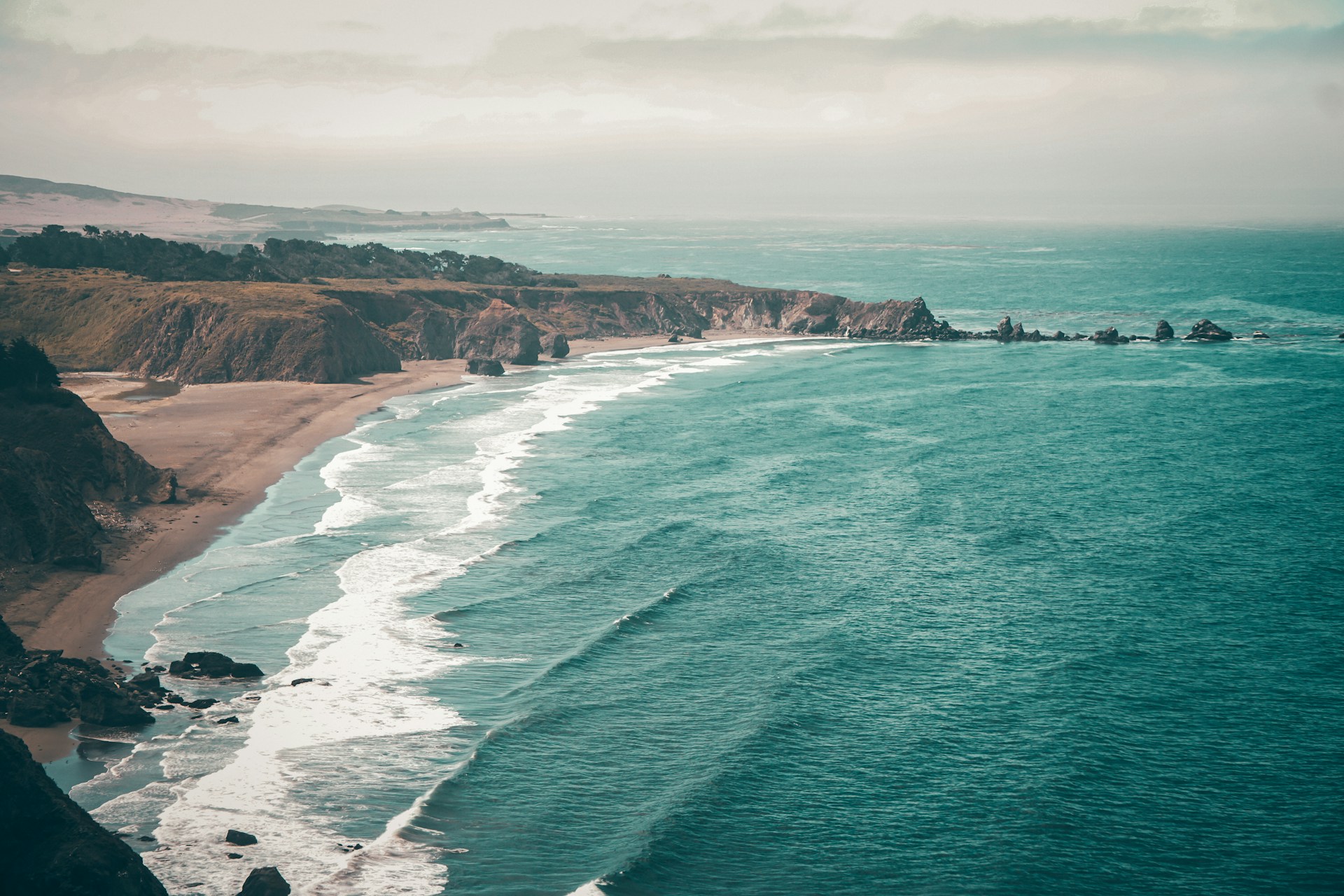
How are requests for places of refuge handled?
When a ship requests a place of refuge, the coastal state can either:
- Grant access: Allow the ship to enter a safe location and provide assistance.
- Deny access: Refuse the ship entry if the risks outweigh the benefits.
In both cases, the coastal state must:
- Conduct a thorough risk assessment
- Provide reasonable assistance to ensure the ship’s safety
- Communicate their decision clearly to the ship’s crew
If access is granted, the ship’s operator may need to provide financial security to cover:
- Port dues
- Pilotage fees
- Mooring operations
- Other miscellaneous costs
Balancing safety and risk: A political decision
Deciding whether to offer a place of refuge often requires a political judgment call. Coastal states must weigh:
- The immediate risk to human life
- The potential for environmental damage
- The economic impact on local communities
This balancing act is at the core of maritime safety and reflects the complex nature of maritime law.
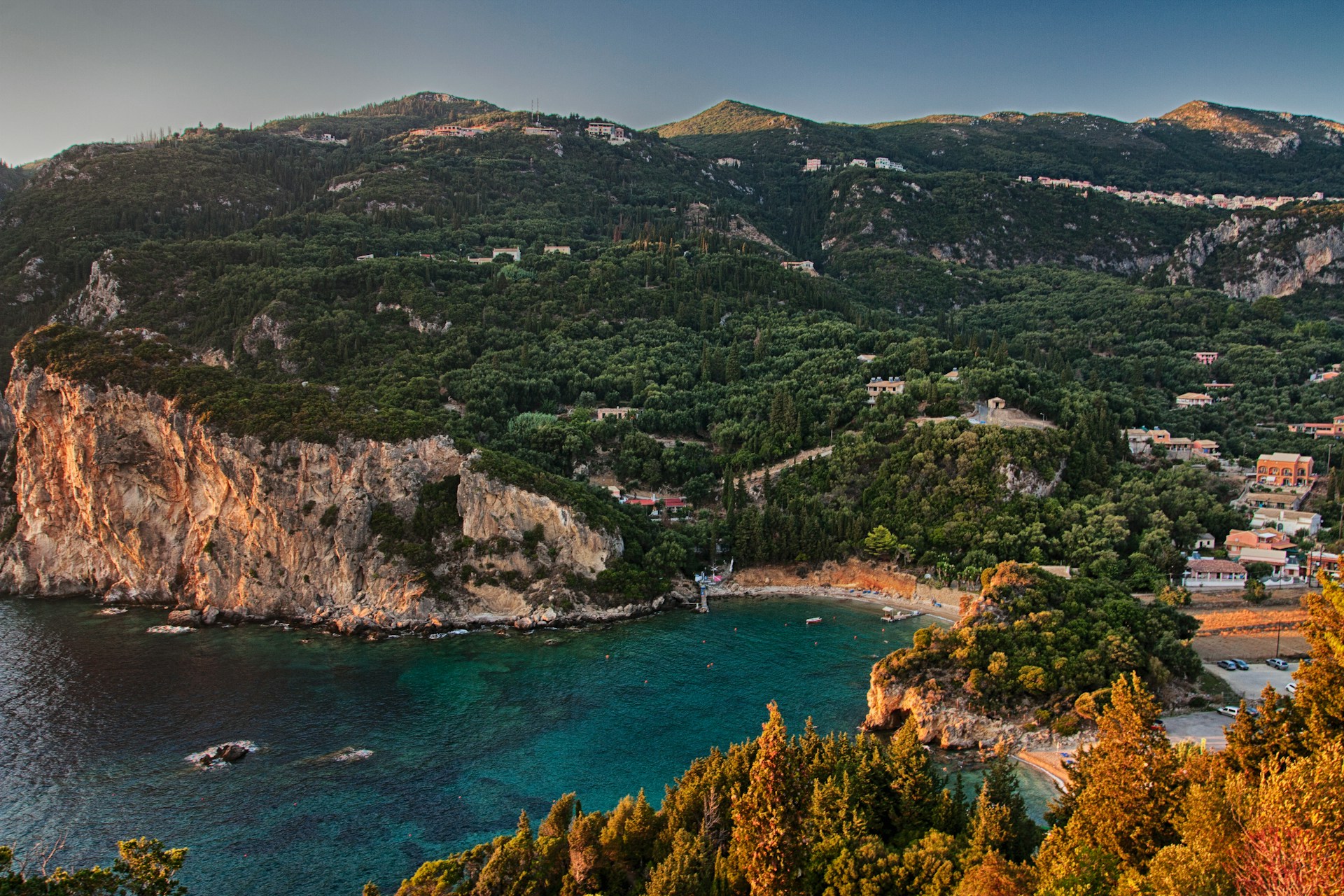
Summary: Key takeaways
Places of refuge are essential for maritime safety, providing distressed ships with a location to stabilize and prevent further damage. The concept has evolved through historical incidents that highlighted the risks of refusing ships in need. IMO resolutions A.949(23) and A.950(23) provide guidelines for handling requests for refuge and establishing Maritime Assistance Services.
Coastal states face challenges in balancing humanitarian aid with environmental and economic risks, making each case a unique political judgment. Understanding maritime law and the importance of places of refuge is crucial for seafarers and coastal authorities to ensure safe outcomes for all parties involved.
Place of Refuge FAQs
1. What is the difference between a place of refuge and a port?
A place of refuge is any location where a ship can stabilize its condition and reduce risks, which may include ports, coastal shelters, bays, or fjords. Ports are specifically designated docking areas equipped with facilities to handle cargo and ship repairs. Not all places of refuge are ports, but ports are often preferred due to their infrastructure.
2. Are coastal states obligated to provide places of refuge?
Coastal states are not legally obligated to provide a place of refuge in every situation. They must carefully assess the risks and benefits of granting or denying access. International maritime law encourages states to balance humanitarian concerns with environmental and economic risks before making a decision.
3. What happens if a ship is denied access to a place of refuge?
If a ship is denied access to a place of refuge, the coastal state must provide reasonable assistance to ensure the ship's safety and minimize risks. The ship may need to seek refuge elsewhere or take measures to stabilize its condition at sea. Denying access can increase the risks of environmental damage, making it a critical decision for coastal authorities.
This blog post was originally published on December 9th 2022 and updated on January 21st 2025

Gavin Hirst
Gavin is a contributing writer to the Martide blog who covers topics ranging from life at sea to maritime crew management software. A native Brit who is now based in Auckland, NZ, Gavin is also an SEO expert and partner in a successful digital marketing agency that has offices in New Zealand and the United Kingdom.
New Zealand

is the only site for maritime jobs
